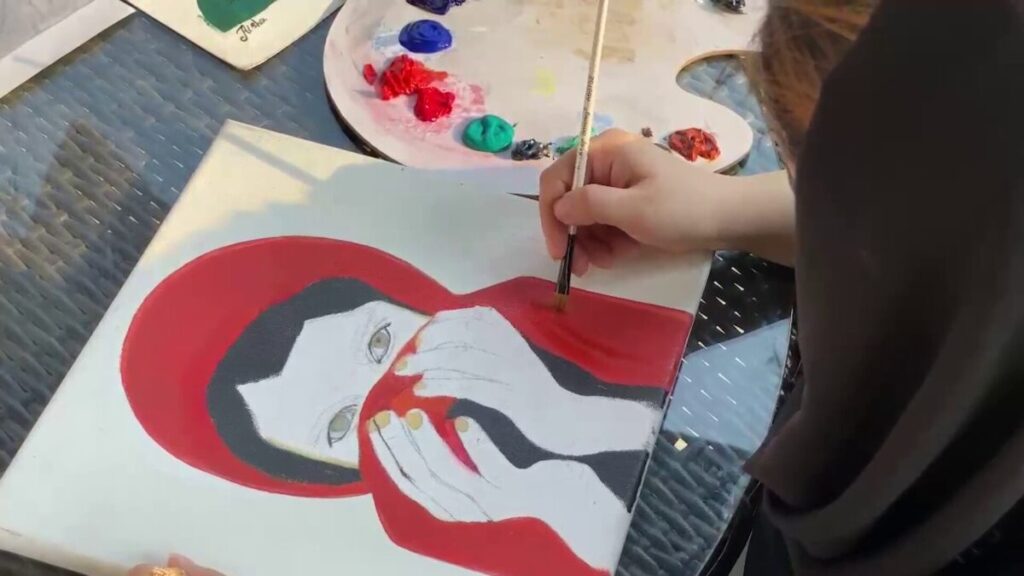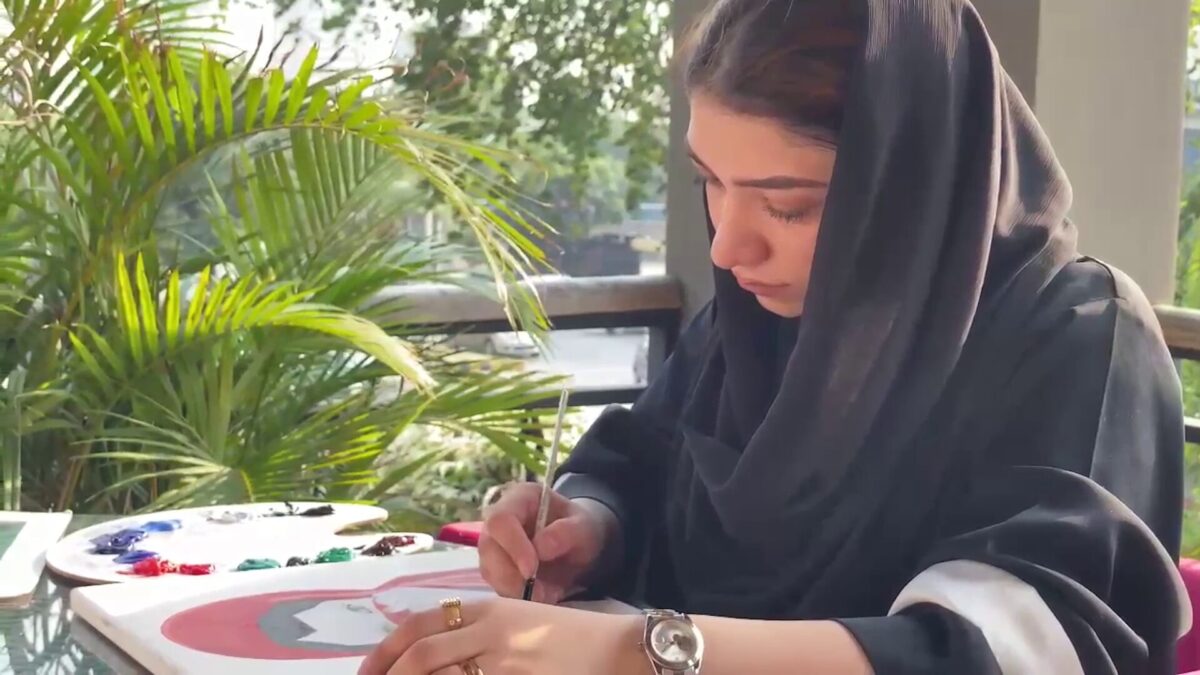KABUL, Afghanistan — Strict Taliban-imposed restrictions on the visual arts have led many female Afghan artists, particularly painters, to leave the country. Some say they are barred from depicting living beings in their work, and they lament the absence of any exhibitions where they could showcase or sell their art.
Artists say that under Taliban rule, forms of visual art like calligraphy, painting, and other creative expressions have been rendered virtually worthless.
Aisha, an art graduate who once worked at the National Gallery in Kabul, left Afghanistan after the Taliban takeover forced her out of work. “Painting, once a respected art form in Afghanistan, is now in decline due to the Taliban’s restrictions,” she said, explaining that she has since taken refuge in Pakistan.
Like many artists who have left, Aisha owns dozens of unsold pieces, once destined for exhibitions in Afghanistan that were subsequently canceled.

Other female artists, like Lima, echo these concerns. “The Taliban imposed so many restrictions. After they came, we weren’t allowed to work or hold exhibitions. The environment became so difficult that continuing our art was impossible,” Lima said.
Since leaving Afghanistan, Aisha has focused on depicting the restrictions faced by Afghan women, who have seen their rights eroded under Taliban rule. “Before, I worked in painting, design, and murals, and most exhibitions were held at the National Gallery. Now, because of Taliban restrictions, we can’t exhibit our work anywhere,” she said.

For some young women, visual art has also become a way to cope with the stress of lost educational opportunities. Rabia, a calligrapher, said, “In Afghanistan, there’s no support for artists, no exhibitions, and no value given to art.”
The National Gallery, once an active center for visual arts and regular exhibitions, is now largely dormant, female artists report. They say the institution, stifled by Taliban-imposed limitations, has abandoned its role as a supporter of art and artists.





